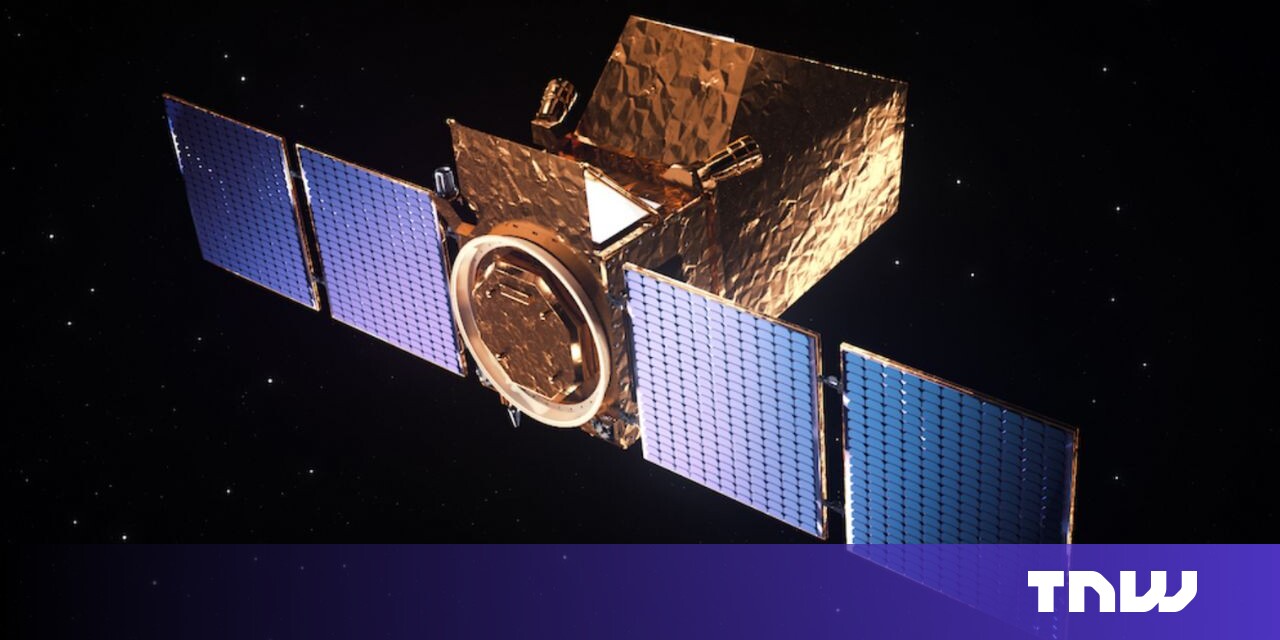Shooting for the Stars: A British Startup’s Ambitious Space Endeavor
Picture this: it’s 2025, and a British startup is making headlines by sending science satellites into the never-ending expanse of space. And guess what? They’ve just bagged a cool £2mn to make this dream a reality.
Enter Blue Skies Space, the brainchild behind this lofty goal. They’re not just launching any satellites; these are the first-ever science satellites aimed at providing juicy data directly to researchers through a membership model. Yep, you heard that right. It’s like having a VIP pass to the secrets of the universe!
Why is this a game-changer, you ask? Well, as it stands, the quest for space data usually means knocking on the doors of the big guys like NASA and ESA. But let’s face it, the demand skyrockets while the supply… not so much. Remember the James Webb Telescope saga? A staggering 1,600 requests for a peek through its lens, but only 249 got the green light. Talk about being in a cosmic queue!
But here’s where Blue Skies Space swoops in, promising to bridge this astronomical access gap. They’re offering researchers the keys to the cosmos, either through an annual membership or on an hourly basis. “We’re not just about discovering great science; we’re about making sure scientists everywhere get a front-row seat,” says Dr. Marcell Tessenyi, the visionary CEO and co-founder.
The Vanguard of the Fleet: Introducing Mauve
The curtain-raiser for this ambitious program is a satellite named Mauve. Its mission? To scan the activities of nearby stars and, just maybe, uncover signs of life on exoplanets. As Mauve prepares for its 2025 debut, plans for a whole squadron of satellites are taking shape, promising to bring the cosmos closer than ever.
This dream inches closer to reality with new funding, including backing from Japan’s SPARX Space Frontier Fund and the UK’s SFC Capital. The injection of funds is set to turbocharge the launch timeline.
Next in line is Twinkle, a satellite destined to delve into the chemistry of celestial bodies through visible and infrared spectroscopy. “Our approach is straightforward: quickly cater to the scientific community’s needs with a fleet of bespoke satellites, ready in record time,” explains Tessenyi.
The model has already attracted a constellation of universities and institutions from across 11 countries, including some of the brightest stars in the academic universe such as Cardiff University, Vanderbilt University, and the National Astronomical Observatory of Japan.
So, as we gear up for 2025, let’s keep our eyes on the skies. With Blue Skies Space at the helm, we’re in for an interstellar ride that promises to unlock the universe’s mysteries, one satellite at a time.




